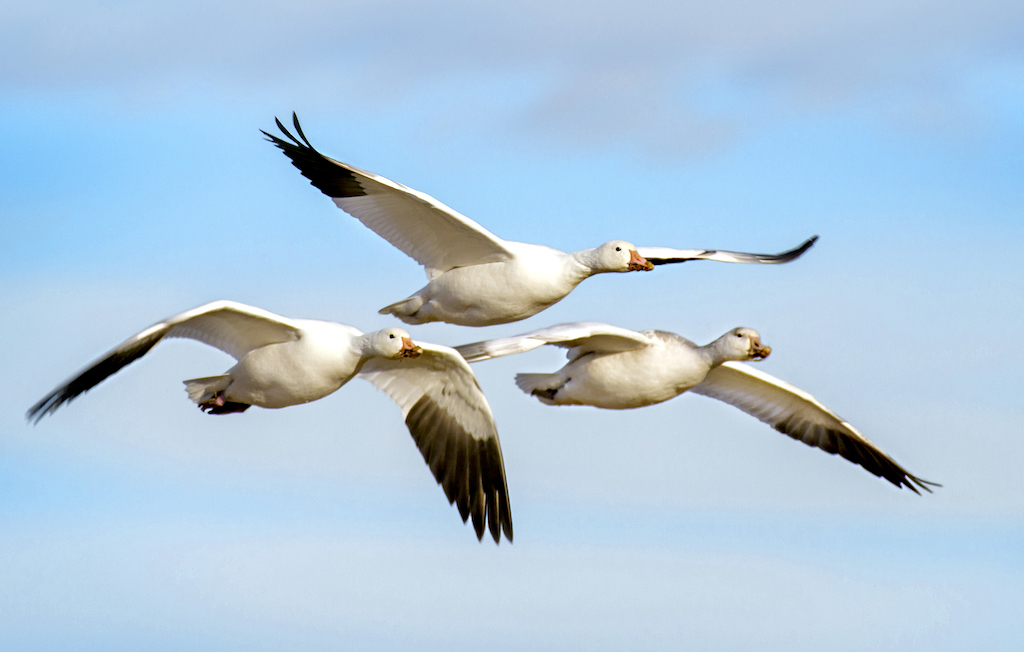To understand why the kind migrate, first you need to know what migration is. The migration of species It is no more and no less than the periodic movement of a population from their original habitat to another where they settle for a period of time.
More than a fifth of the migratory species is in danger of extinction, according to the latest report from the Convention on the Conservation of Migratory Species of Wild Animals (CMS) by ITwhich urgently requires immediate action to reverse the situation.
“More than one in five (22%) of the kind included in the list of Convention on the Conservation of Migratory Species of Wild Animals (CMS) “They are in danger of extinction,” the organization warns in its report, presented at the opening of a UN event in the Uzbek city of Samarkand dedicated to nature conservation. Moreover, experts have confirmed that “almost all the fish on the list of the Convention on the Conservation of Migratory Species of Wild Animals (CMS) (97%) yes threatened with extinction«.


“Although some migratory species enclosed in the Convention on the Conservation of Migratory Species of Wild Animals (CMS) improve, almost half (44%) are showing a decline in their population,” warn ecologists, who emphasize that “the risk of extinction is increasing for the migratory species Worldwide”.
According to Convention on the Conservation of Migratory Species of Wild Animals (CMS)almost half (51%) of areas identified as important migratory species “They do not have protected status,” and 58% of monitored sites experience “unsustainable levels of man-made pressure.” “The two biggest threats to everyone migratory species are the overexploitation and habitat loss due to human activity«, the international organization criticizes.
He further notes that “three in four species are affected by habitat loss, degradation and fragmentation, and seven in ten species are affected by overexploitation (including intentional recording and incidental recording).”
Added to this, according to experts, are “climate change, pollution and invasive species,” which “have profound impacts on the migratory species«.
Unsustainable human activities condition migratory species
«Las Unsustainable human activities are endangering the future of migratory species“creatures that not only act as indicators of environmental change, but play an integral role in maintaining the function and resilience of our planet’s complex ecosystems,” said Inger Andersen, executive director of the United Nations Environment Program.
However, he notes that “the global community has an opportunity to reduce the pressures it faces migratory species through concrete conservation actions. “Given the precarious situation of many of these animals, we cannot afford to delay,” he emphasizes.
The United Nations Conference on Nature Conservation (CMS COP14) held in Samarkand, is the first to be held in Central Asia, a region where many people live migratory speciesincluding the saiga antelope, the snow leopard and a wide diversity of migratory birds.

